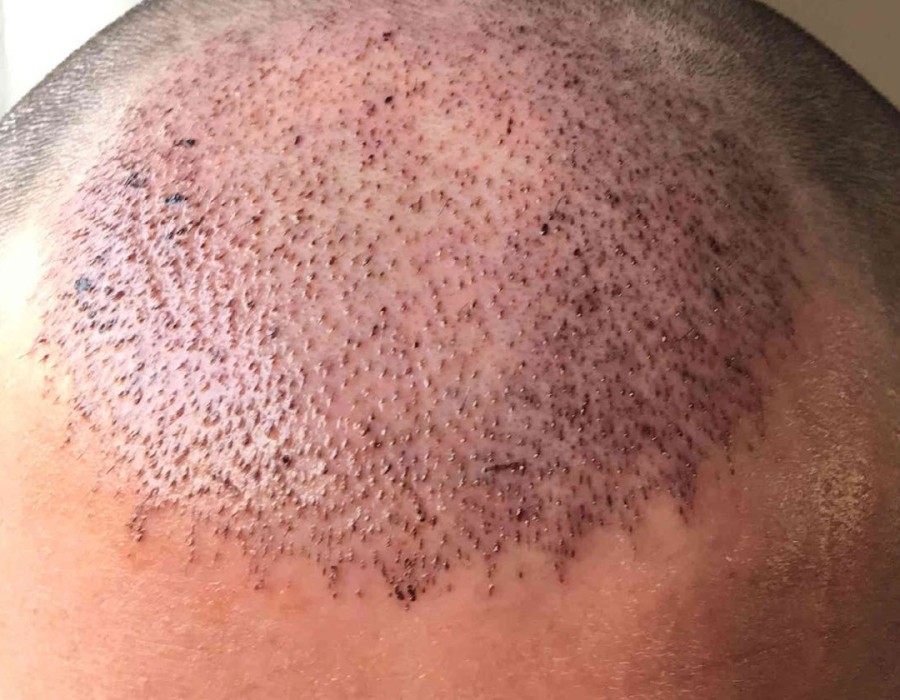Undergoing a hair transplant is an exciting step toward reclaiming your confidence and addressing hair loss. While the procedure itself is often straightforward, understanding what to expect during the recovery process is essential for achieving optimal results. This Hair Transplant in Dubai guide walks you through the stages of recovery, typical outcomes, and how to care for your transplanted hair after surgery.
Immediate Post-Procedure Experience
What Happens Right After the Surgery?
Once the procedure is complete, you may notice some minor side effects as your scalp begins to heal. These are normal and temporary.
Scalp Sensitivity: It is common to experience tenderness, swelling, or redness in the treated area.
Bandaging: Your surgeon may apply a dressing to protect the donor and recipient areas.
Medication: You might be prescribed antibiotics or anti-inflammatory medications to prevent infection and promote healing.
Return to Daily Activities
Most patients can return to non-strenuous activities within 1–2 days, although it’s important to follow your surgeon’s recommendations.
Shedding of Transplanted Hair
Why Does Shedding Occur?
During the first 2–4 weeks, the transplanted hair may shed—a natural process called "shock loss." This occurs because the hair follicles enter a resting phase before new growth begins.
What to Expect
- Shedding affects only the transplanted hair, not the follicles themselves.
- It is a temporary phase, and new hair growth will start after a few months.
Hair Growth Timeline
Month-by-Month Progress
First Month: After the initial shedding, the scalp will begin to heal, and the transplanted follicles will establish themselves.
3–4 Months: You’ll notice the first signs of new hair growth, though the hair may be fine and light at first.
6–9 Months: Hair growth becomes more consistent, with improved thickness and density.
12–18 Months: Full results are typically visible, with natural-looking, permanent hair growth.
Growth Characteristics
Newly grown hair will gradually thicken and match the texture and color of your existing hair.
Caring for Your Scalp Post-Transplant
First Week
Avoid Touching the Scalp: Refrain from scratching or rubbing the treated areas to prevent dislodging grafts.
Follow Cleaning Instructions: Use a gentle shampoo as recommended by your surgeon to keep the scalp clean.
Weeks 2–4
- Continue using mild hair care products.
- Avoid strenuous activities or exercises that may cause excessive sweating.
Long-Term Care
- Protect your scalp from direct sunlight.
- Incorporate a balanced diet and stay hydrated to support hair health.
Managing Side Effects
Common Side Effects
Swelling: Mild swelling around the forehead and eyes may occur but typically subsides within a week.
Itching: As the scalp heals, itching is normal but avoid scratching.
Crusting or Scabbing: Tiny scabs may form around the grafts; these will fall off naturally.
When to Contact Your Surgeon
Seek medical advice if you experience:
- Persistent pain or swelling.
- Signs of infection, such as redness or pus.
Expectations for Results
Natural-Looking Outcomes
One of the most exciting aspects of a hair transplant is how natural the results look. Surgeons design the hairline and placement of grafts to blend seamlessly with your existing hair.
Patience Is Key
Hair growth is a gradual process. Being patient and following aftercare instructions is crucial to achieving the desired outcome.
What You Should Avoid After a Hair Transplant
Activities to Avoid
Direct Sunlight: Protect the scalp from UV exposure for the first few weeks.
Smoking and Alcohol: Avoid these as they can impede healing.
Physical Strain: Steer clear of heavy lifting or vigorous exercise during the initial recovery phase.
Hair Styling Products
Refrain from using gels, sprays, or other styling products until your surgeon approves.
Emotional and Psychological Impact
Boost in Confidence
As new hair growth becomes visible, many patients report feeling more confident and satisfied with their appearance.
Adjusting Expectations
Understand that achieving full results takes time. Having realistic expectations will help you appreciate each stage of the journey.
Conclusion
A hair transplant is a life-changing procedure, but it’s important to know what to expect during the recovery process. From initial shedding to long-term care, understanding the timeline and following aftercare instructions will ensure the best possible results. With patience and proper maintenance, you can look forward to a restored hairline and renewed confidence.






Comments